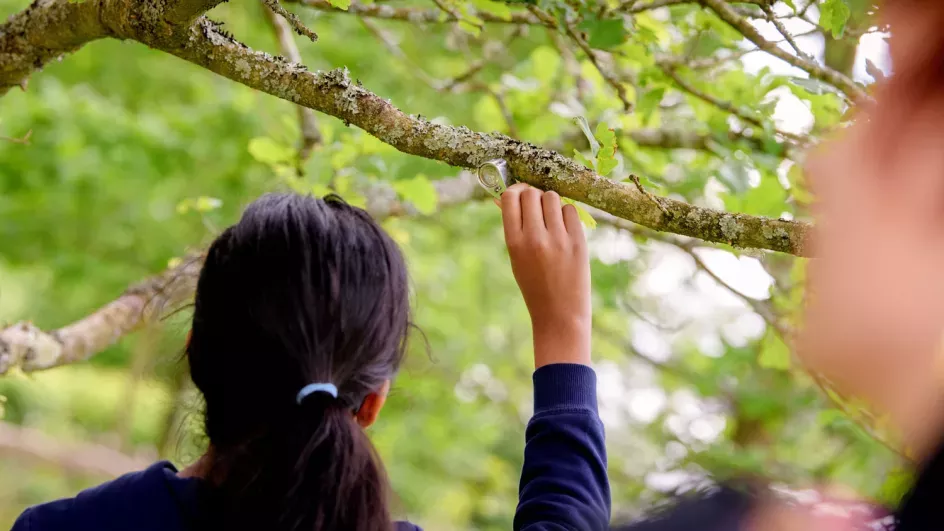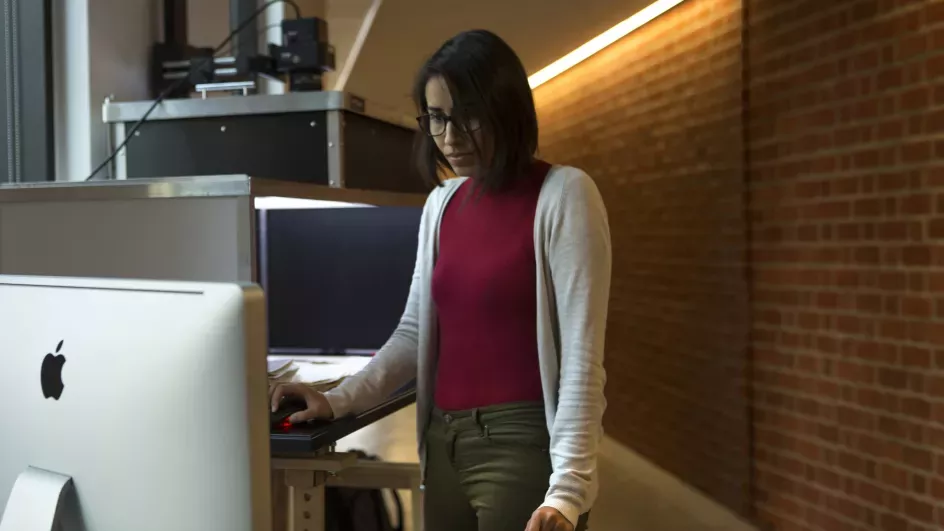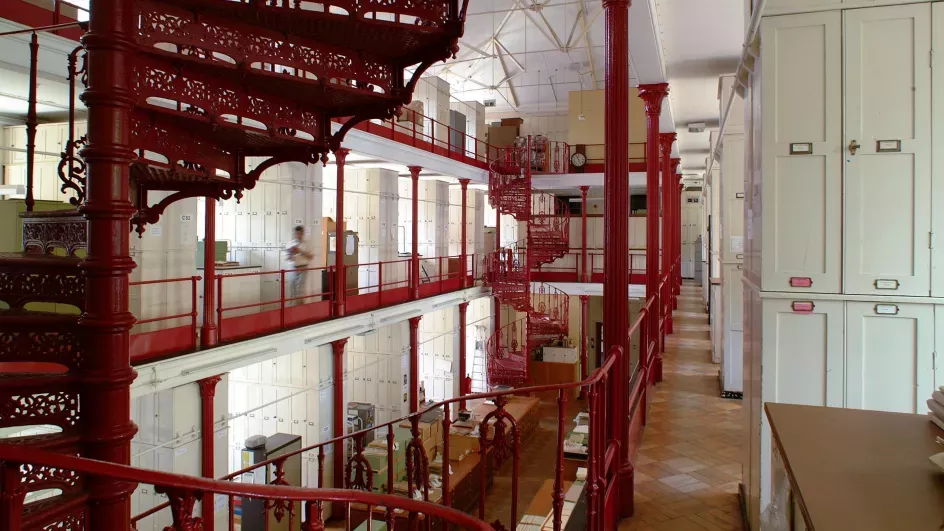Digitisation Suite
Creating digital records and images of our herbarium specimens.

Purpose
The Digitisation Suite is managed by Kew’s Digital Collections team and is our main facility for digitisation (in this case, creating digital records and images) of herbarium specimens. These collections underpin much of the research that is carried out at Kew; the information held on specimen labels details information vital to the work of taxonomists and conservationists as well as researchers from other disciplines including art and history.
History
Digitisation of herbarium specimens began at Kew around 2004 and has been mostly project-funded. To date Kew has digitised around 13 per cent of its collections. Our aim is to make all Kew herbarium specimens digitally available.
Location and Equipment
The Digitisation Suite is located in the basement of the Herbarium and has 4 workstations for capturing data and 3 double-scanning HerbScan stations.
We also have 5 high-specification camera set-ups distributed throughout the herbarium and one located in the Fungarium for imaging fungarium sheets.
We provide barcode labels for data capture, which enable the added benefit of associating specimen records on the Herbarium Catalogue with stable URIs (e.g. http://specimens.kew.org/herbarium/K000196964), and scalebars and colour charts.
We also offer training and advice on digitisation techniques.
Use of the Facility
The Digital Collections team can provide templates for users to capture anything from minimal, to full herbarium specimen data. Or, with training, users can enter data directly into Kew’s Herbarium Catalogue or BRAHMS.
Images created under the auspices of the Digital Collections are whole-sheet images in TIF format with a resolution equivalent to between 400 and 600 ppi, depending on the equipment used. Digital Collections staff can provide training on camera set-ups for certain long-term visits or projects, or, can set up short-term or infrequent users on the equipment. In some cases, Digital Collections staff perform the imaging step.
Please note: The Digitisation Suite does not currently have a slide-scanner or microscope, though this equipment is available, subject to conditions, from other departments.
Outputs
Images and records created can be taken away, and images displayed online for the benefit of users’ home institutes as well as the international community. Information and images are made available online via the Herbarium Catalogue the Global Biodiversity Information Facility, types are available on JSTOR, and all data records with associated images, on Europeana.
Publications: We prefer researchers to use Kew images rather than their own in publications, as any Kew Herbarium specimen standard images (as above) that are of good enough quality will contribute to the digitisation of the entire collections and this in turn avoids duplication of effort. These images can then be referenced online and can be reused indefinitely.
Who can use the Digitisation Suite?
Short and long-term visitors, students, interns, volunteers and trained staff can request to use the Digitisation Suite facilities. Digital Collections staff are limited in number, so advance notice is necessary.
Kew copyright
Please note that all label data and images pertaining to Kew herbarium specimens belong to Kew and visitors must obtain permission to create specimen images. We recommend that users bring their own storage devices if they wish to take data and images away with them (with permission).
Discover more
-

Citizen Science
You can get involved and help our scientists collect or explore huge data sets.
-

Digital Collections team
Making our Herbarium and Fungarium collections digitally accessible.
-

Herbarium
Kew’s Herbarium contains around seven million preserved vascular plant specimens.